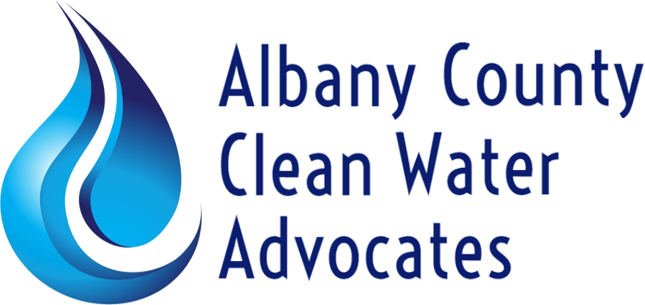Septic system effluent, highway accidents, hazardous chemicals, animal waste, herbicides, pesticides, “urban runoff”, chemical spills, and improper chemical disposal can all add contaminants to the aquifer. The CAPP includes discussion and a local inventory [link]. Standard hydrogeology textbooks identify the importance of septic tanks [textbook link].
ACCWA accepts the compromise that identified the western boundary of the aquifer protection zone as the point at which 75 feet of undisturbed Satanka Shale is present. But mapping of that criterion must be based on the best available science, not the policy preferences of regulators. The county mapping is known to be in error and should be corrected. [link]
ACCWA strongly opposes the censorship of valid scientific data that is presently included in county regulations. [link}
The 2013 East Laramie Waste Water Feasibility Study evaluated 115 private wells and found that “approximately 65% of the East Grand area wells that were sampled show nitrate contamination, with 4% of the wells exceeding the EPA Drinking Water Standard for nitrates which is 10 mg/l.” [WWC Sewer Study]
- 5th Street PCE Plume. The DEQ is investigating the recently-identified PCE plume along 5th Street. PCE plume
